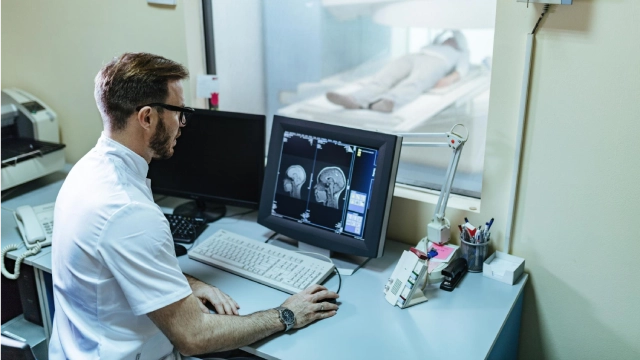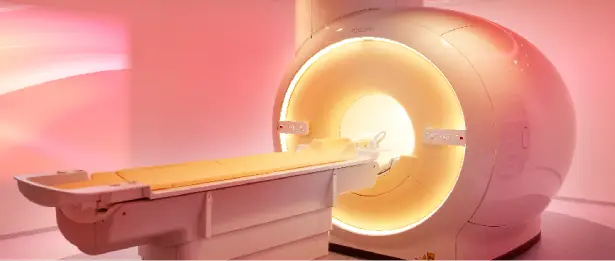Interventional Radiology
Last Update Date: 9/15/2025 2:24:13 PM
Interventional radiology is a field in which diagnostic and therapeutic interventions are performed with the help of imaging techniques.What is Interventional Radiology?
Minimally invasive procedures are performed using advanced imaging techniques in interventional radiology conducted by radiology specialists. Minimally invasive interventions may be less serious and risky compared to surgical interventions. It can be used together with surgical interventions or as an alternative to them. The main techniques of interventional radiology are as follows:
- Fluoroscopy: It is used to guide a thin catheter or needle, using X-ray technology that provides a real-time image.
- Ultrasonography: It is a technique that allows real-time imaging of organs inside the body by using sound waves.
- CT (Computed Tomography): This technique, which provides cross-sectional images, helps to obtain detailed anatomical information.
- MRI (Magnetic Resonance): It is a technique for obtaining detailed images inside the body using a high magnetic field and radio waves. With the help of these techniques, the diagnosis of some diseases can be established in interventional radiology and their treatment can be maintained.
Which Diseases does Interventional Radiology Treat;
We can list the main diseases that interventional radiology treats as follows;
- Angiography: Imaging of veins and determination of vascular occlusion.
- Angioplasty and Stent Applications: Unblocking and widening of vascular occlusion.
- Embolization: It is used to stop abnormal vascular growth or block blood vessels.
- Cancer: Radiofrequency Ablation: To destroy cancerous tissue by heating.
- Transarterial Chemoembolization (TACE): A treatment method used for conditions such as liver cancer.
- Diseases of the Biliary Tract and Liver: Evaluation of gallbladder problems.
- Transhepatic Cholangiography: Imaging of the biliary tract and creating a map for surgical intervention.
- Bronchoscopy: Checking inside the respiratory tract and getting a biopsy.
- Chest Tube (Pleural) Drainage: Removal of fluid or air from the chest cavity.
- Nephrostomy and Ureteral Stent Applications: Treatment of obstructions in the kidney or ureter.
- Vertebroplasty and Kyphoplasty: Treatment of fractures in the spinal cord.
- Vertebrobasilar Angiography: To evaluate the vessels in the brain.
- High Intensity Focus Ultrasound (HIFU): A method used for stroke treatment and brain tumors.
Liv Hospital Interventional Radiology;
Liv Hospital Radiology Clinic offers the opportunity to treat many diseases from brain aneurysms to brain tumors with interventional radiology techniques without surgery. After the procedure, the patient can be discharged directly. The clinic has a high-tech angiography device that guides the interventions. Non-surgical varicose vein treatment is performed in the clinic, which provides 100% improvement, and the patient is discharged immediately after treatment.
Vascular diagnosis and treatments
Stenting and angioplasty procedures (Aorta, iliac, renal, mesenteric, femoral and below-the-knee vessels, upper extremity, dialysis fistula stenosis) Aneurysm treatment Preoperative embolization in hypervascular tumors (Bone tumor metastasis, RCC, Neural tumors, etc.) Embolization as a non-surgical minimally invasive option for the semtomatic treatment of myoma and adenomyosis Tissue biopsies, drainages and RF ablation treatments in oncological patients.
Treatment of locally advanced liver tumors
Local tumor ablation (RF ablation, Microwave ablation, Nanoknife, etc.) in the group of patients who are not surgical candidates (Liver, lung, kidney and thyroid) Fine needle and tru-cut all organ biopsies (Liver, kidney, lung, bone, prostate, thyroid, pancreas, etc.) Abscess, collection, biliary system, urinary system, pleural and peritoneal fluid drainage are performed.






















.png)


